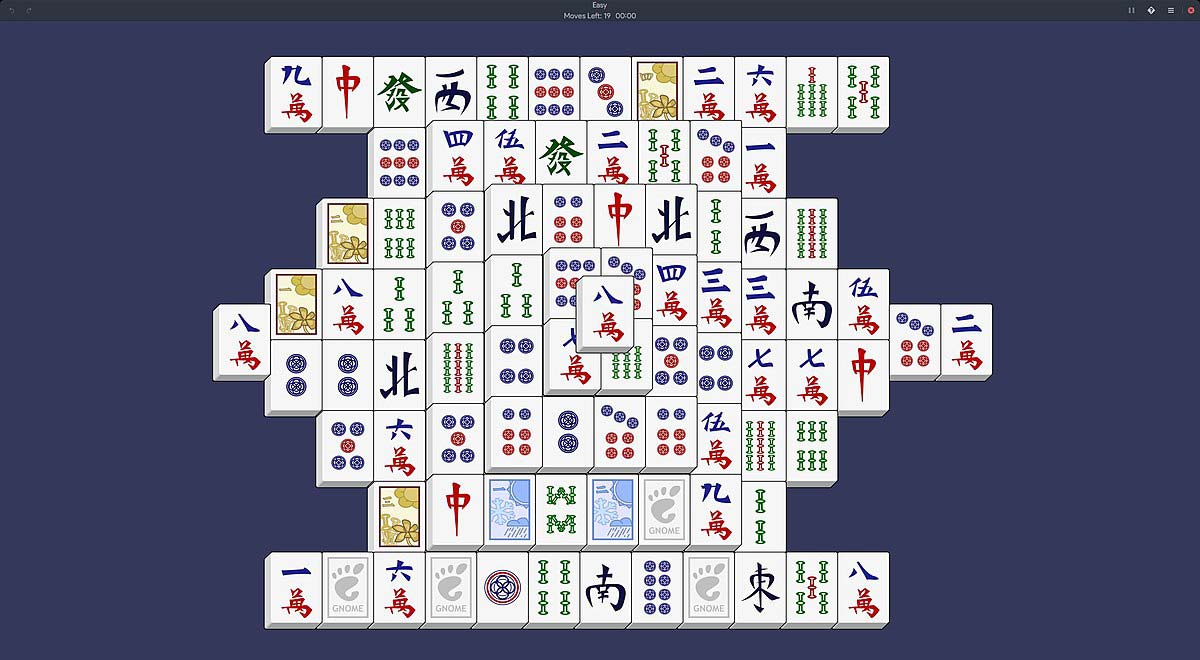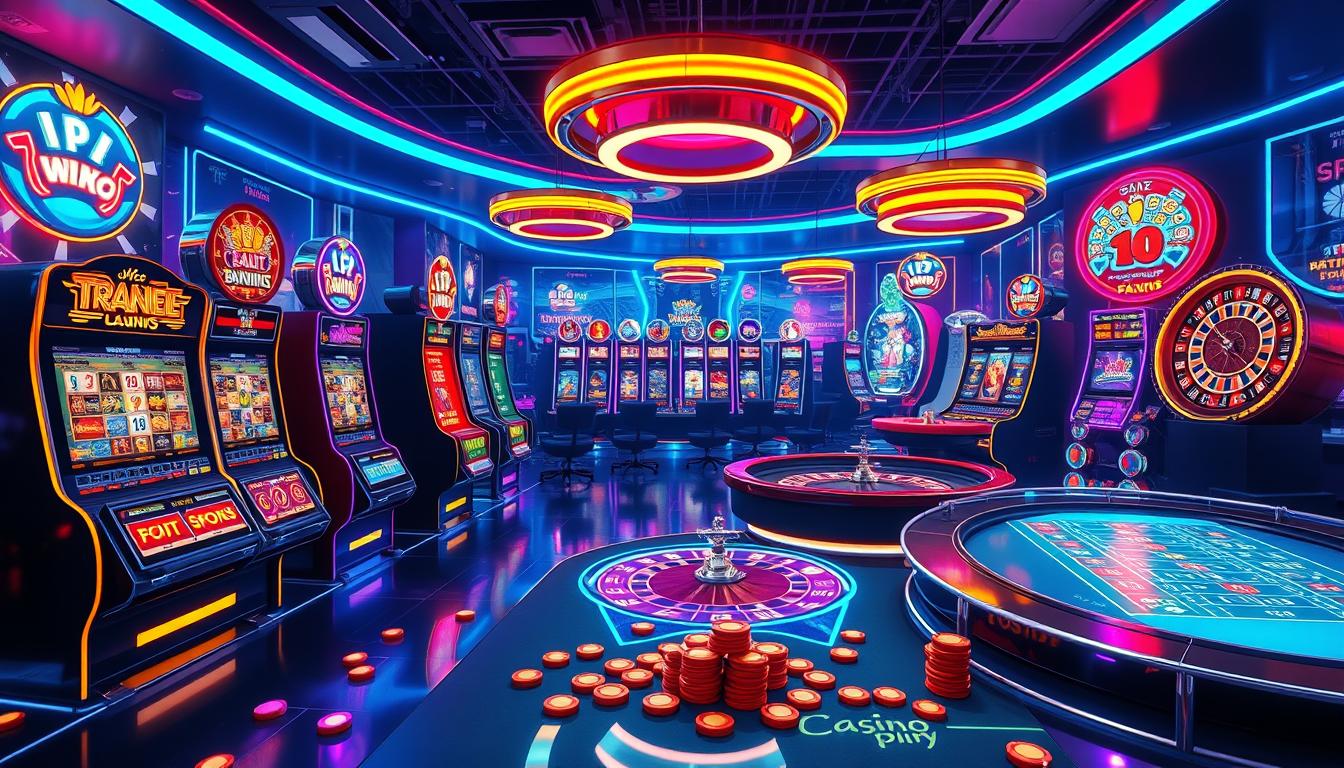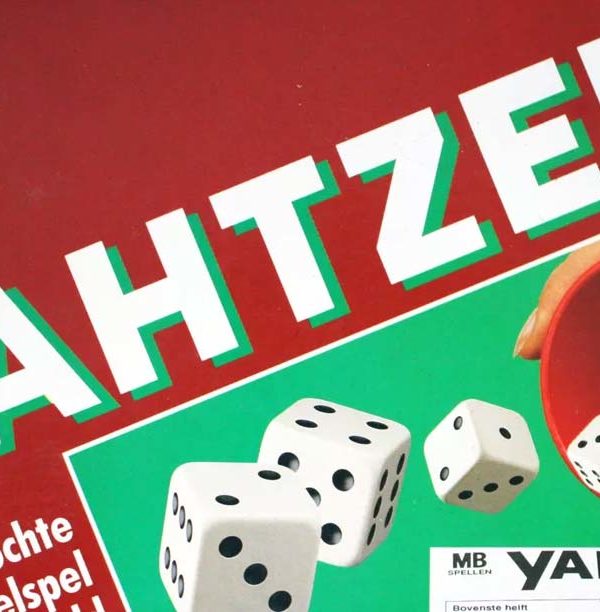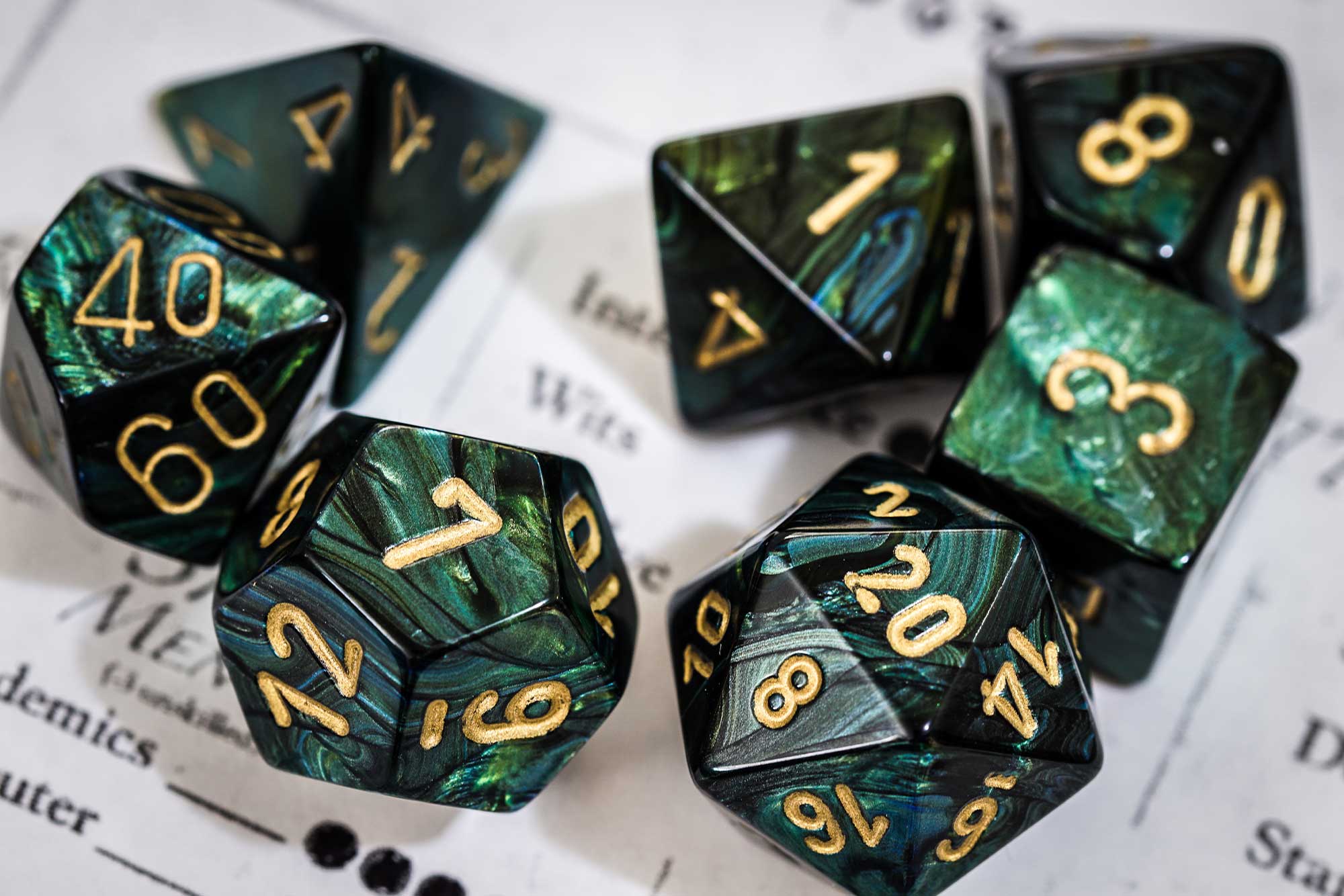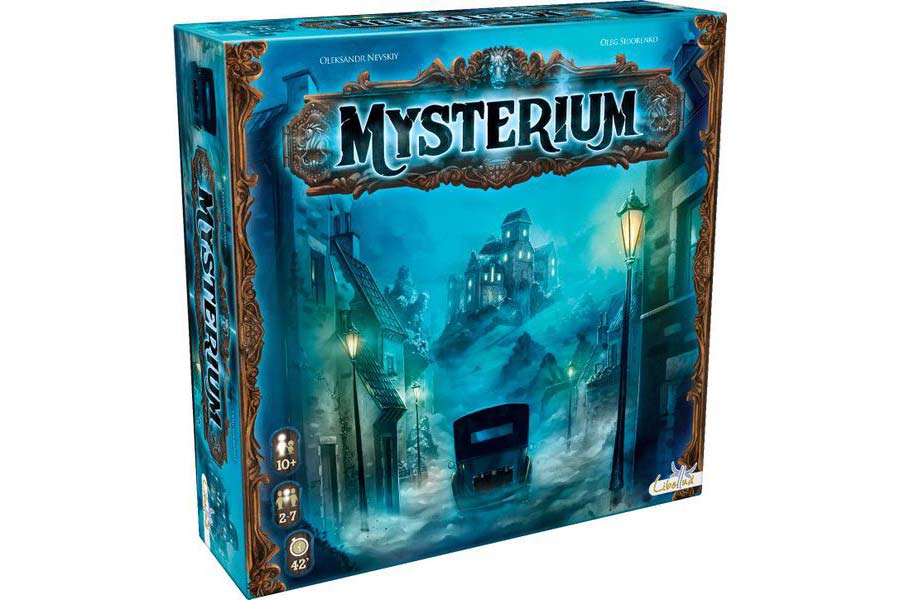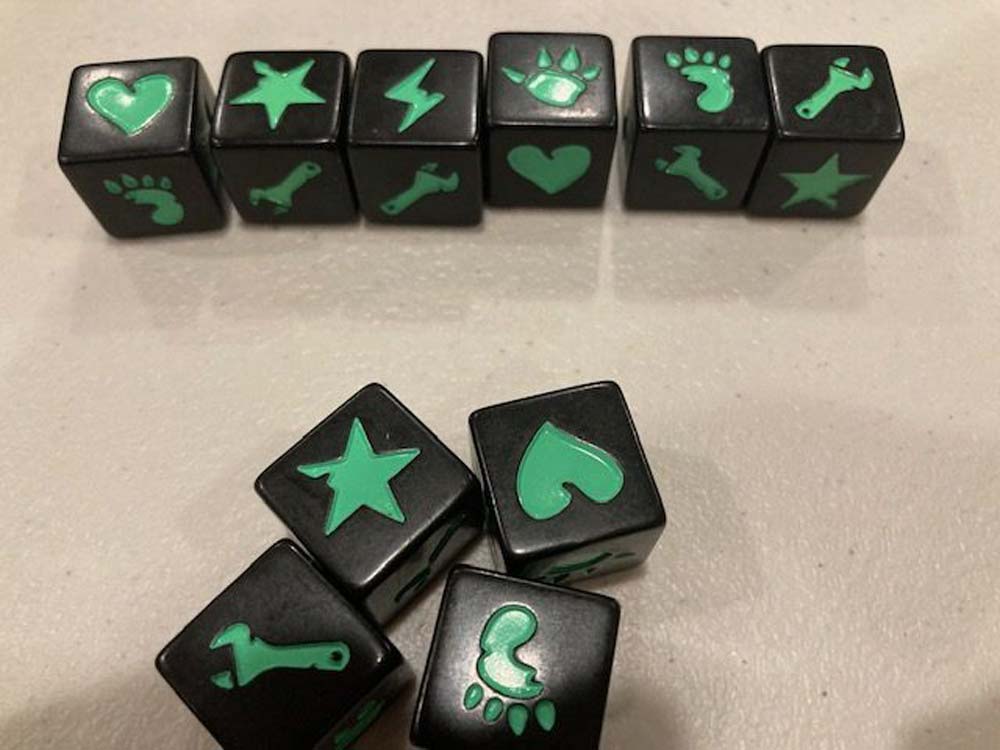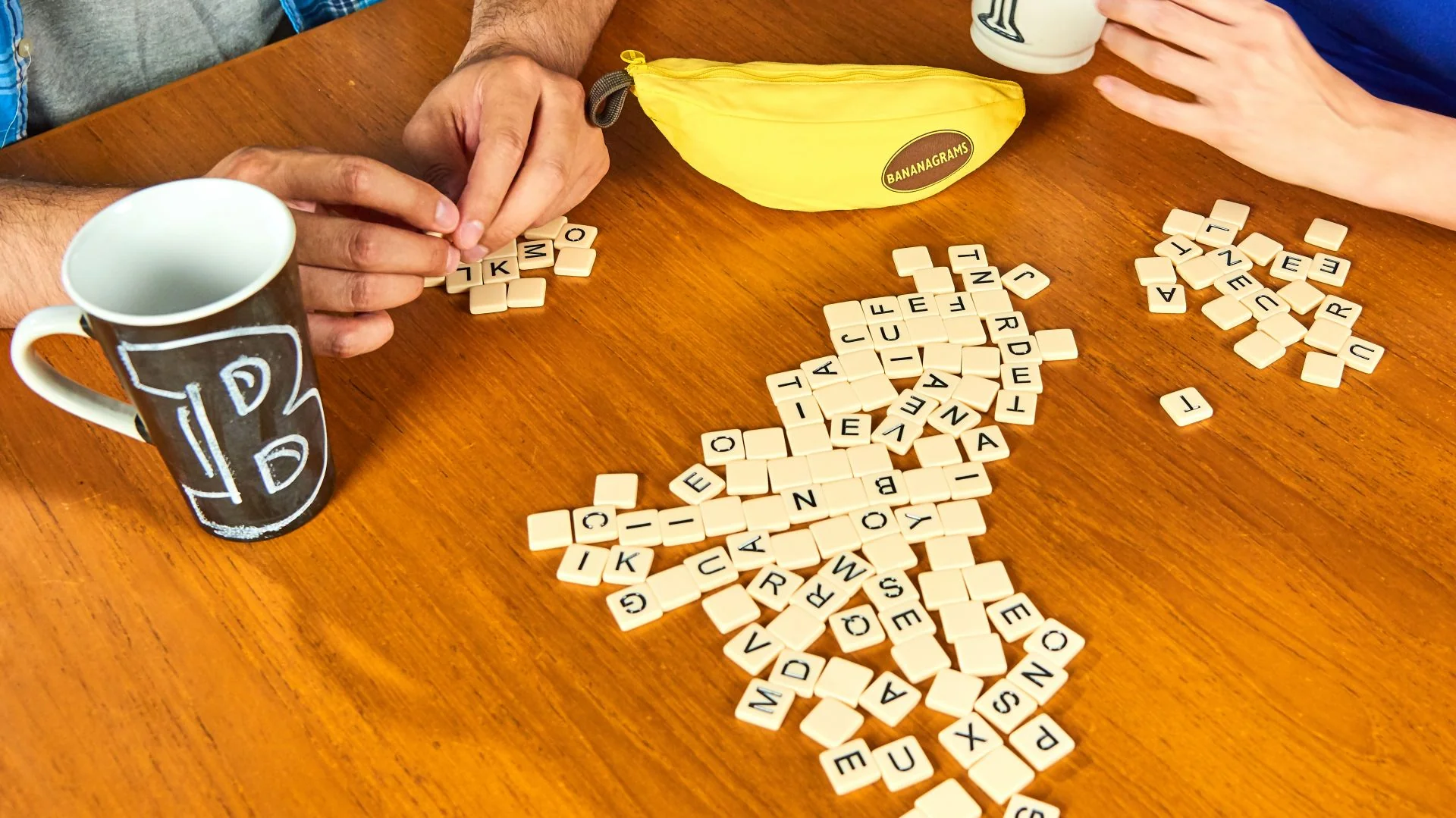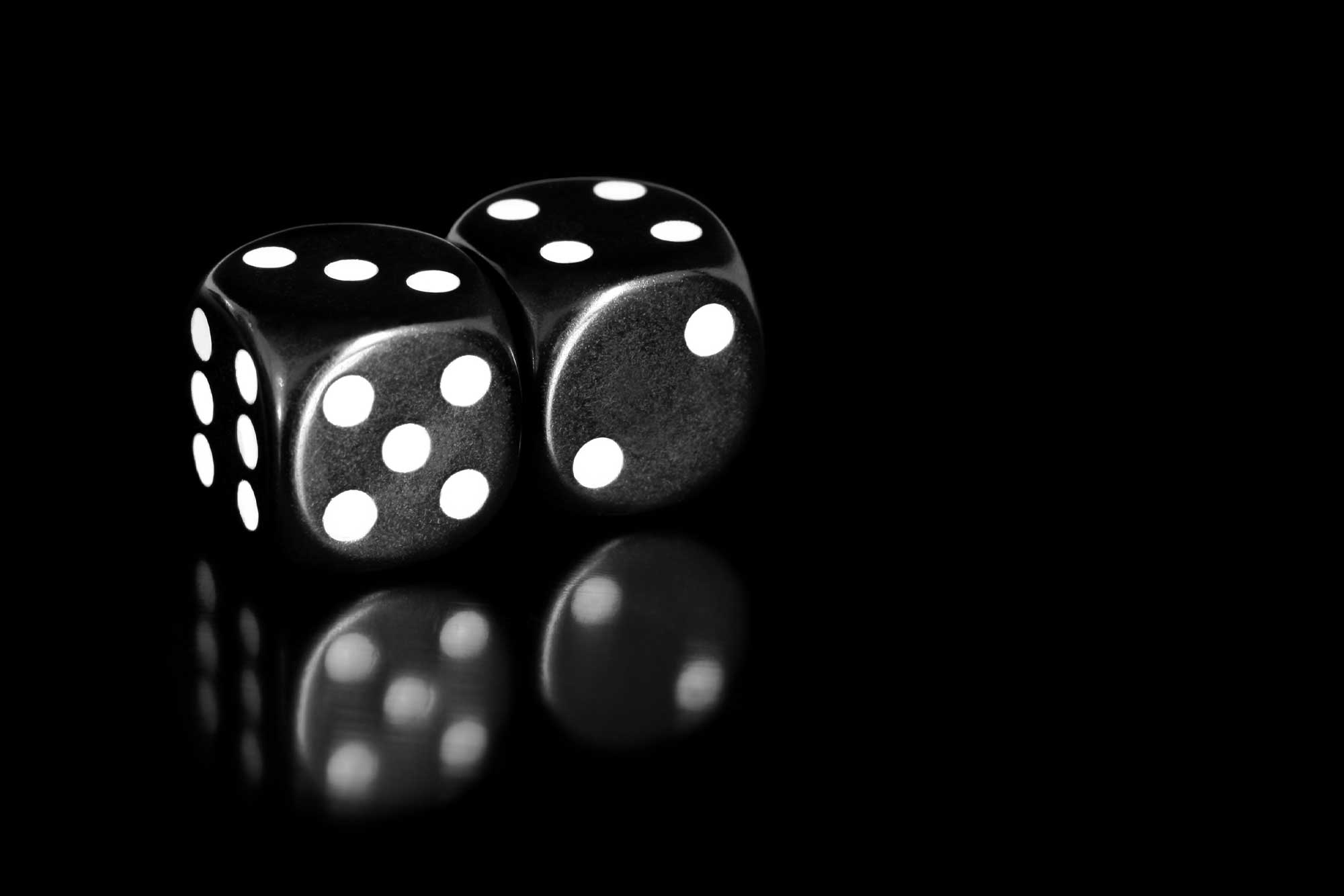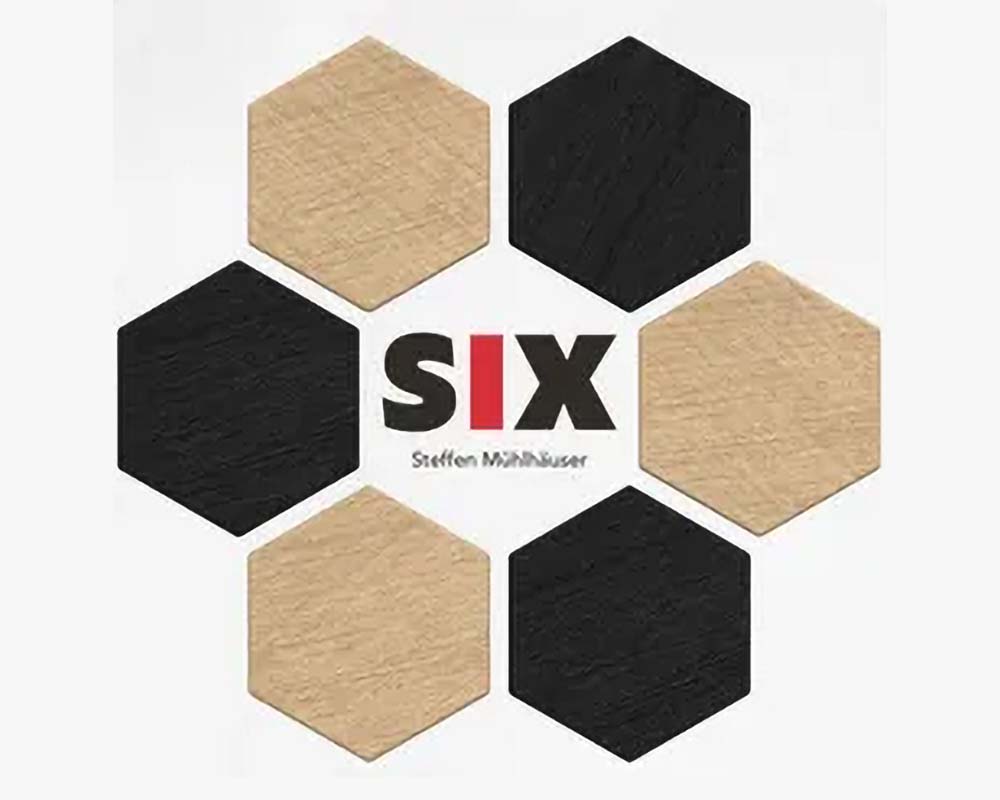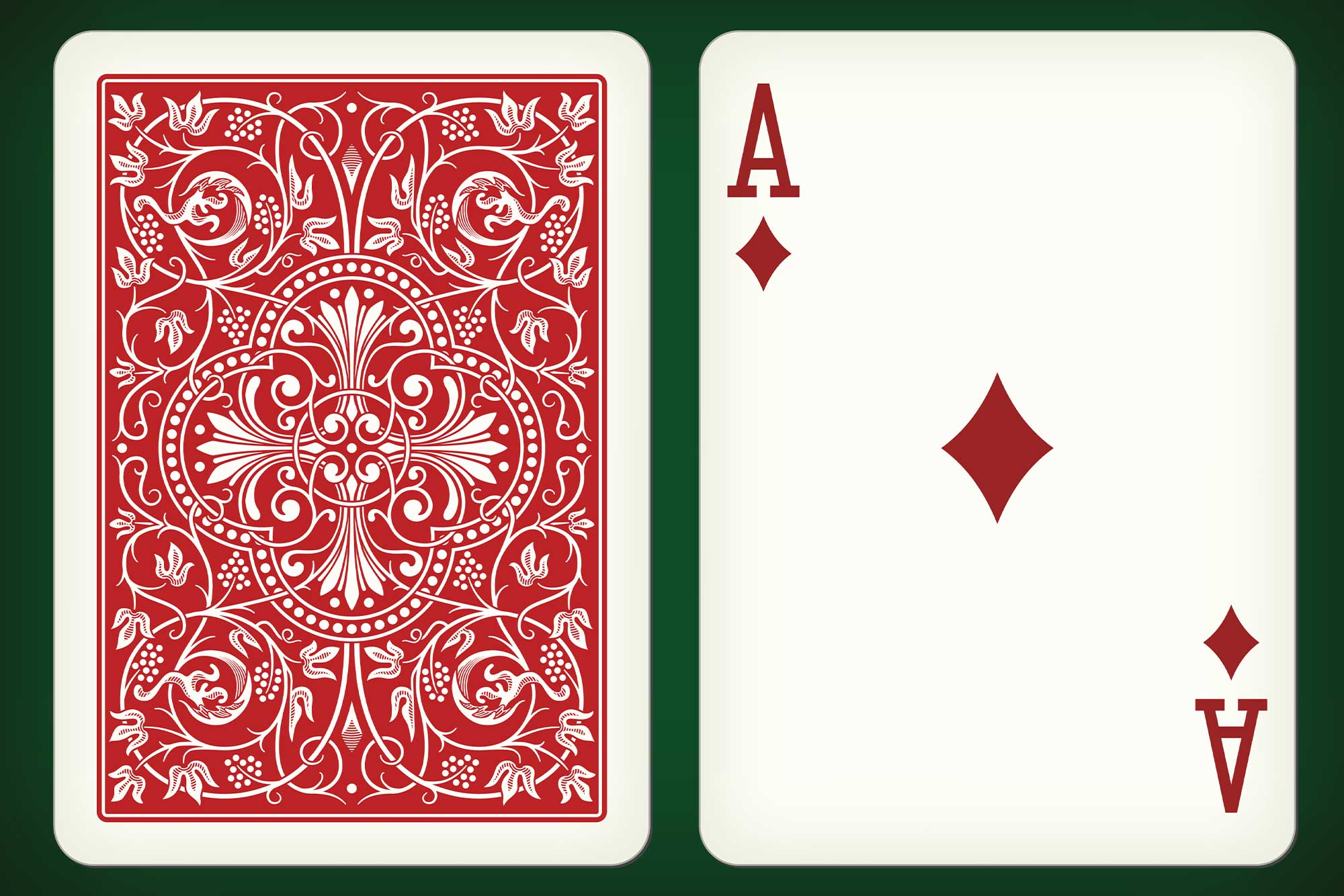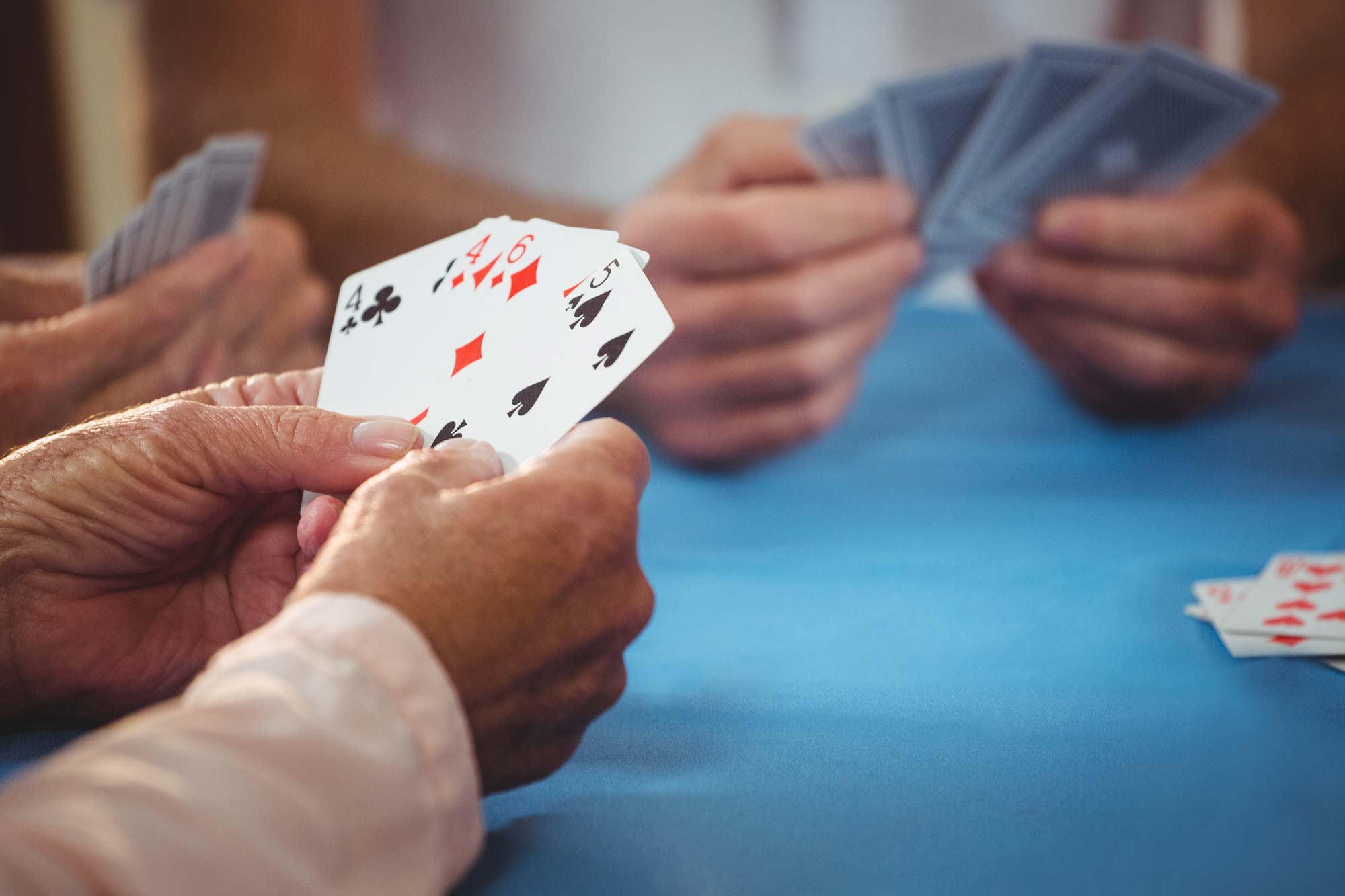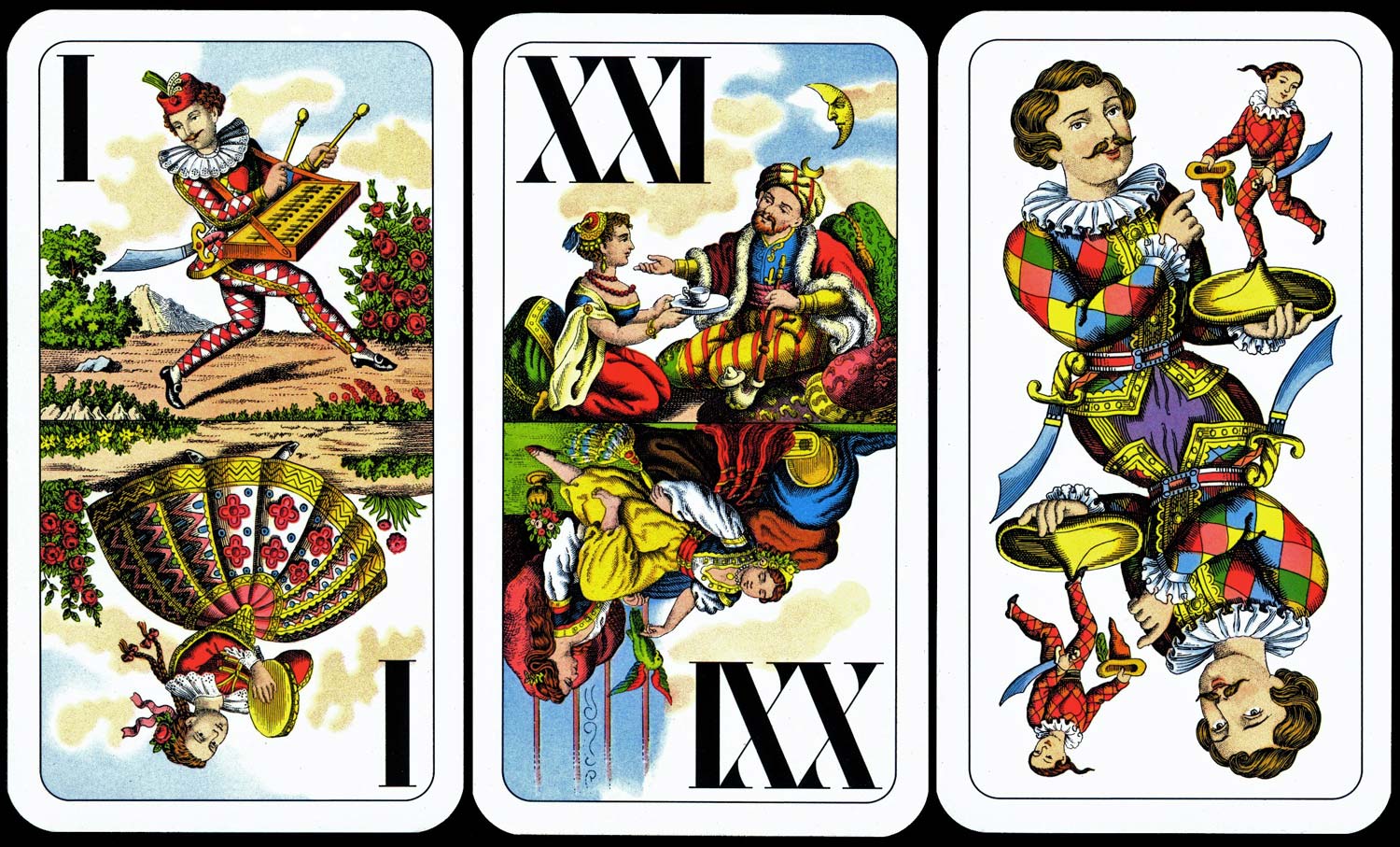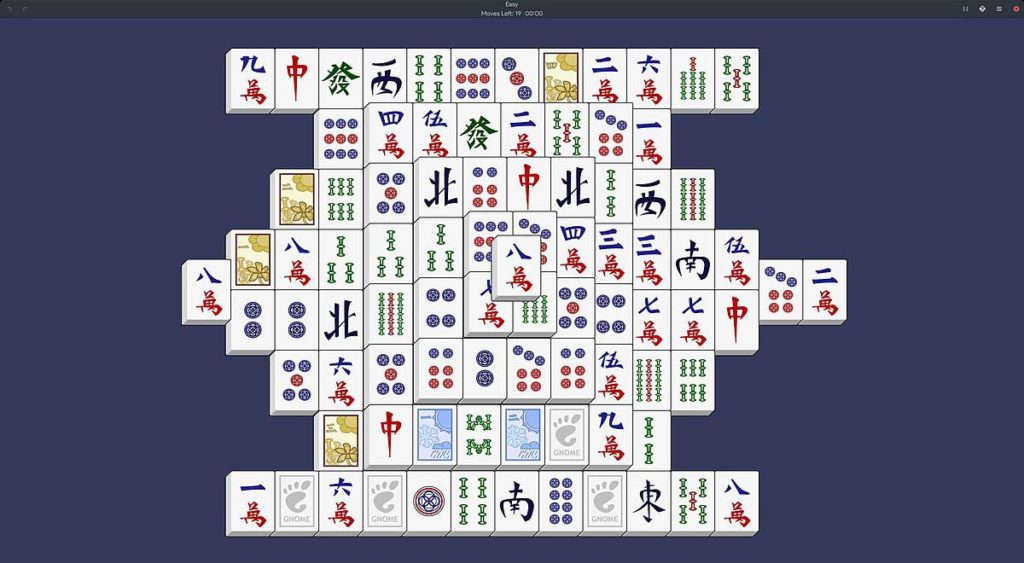
Welcome to the realm of Mahjong Solitaire, where traditional elegance meets digital ease. Imagine a game that combines the visual beauty of Mahjong tiles with the simplicity of a solitaire setup. This isn’t just a game; it’s a mental escape and a satisfying challenge, perfect for unwinding while keeping your brain sharp. Ready to dive into the mesmerizing world of tile matching? Let’s explore Mahjong Solitaire.
Country of Origin: China (based on traditional Mahjong tiles), popularized globally in digital form
Date of Origin: 1980s (digital version)
Regions Popular In: Worldwide, especially popular as a computer game
Family: Tile games, Solitaire games, puzzle games
Also Known As: Shanghai Solitaire, Mahjongg Solitaire
Variants: Various digital versions with different tile layouts and themes
Game Rules
Objective of the Game
The goal is straightforward: Clear the board by matching pairs of identical tiles until no tiles remain.
Number of Players
Typically one player (solitaire).
Tile Information
A Mahjong Solitaire set includes 144 tiles featuring traditional Mahjong symbols and characters.
Setup
Tiles are arranged in a specific layered layout, often resembling a pyramid or other shapes.
Basic Gameplay
Players select and remove pairs of matching tiles that are free (i.e., not covered by other tiles and have at least one side open). The game continues until all tiles are matched and removed or no more moves are possible.
Winning Conditions
The game is won when all tiles have been successfully matched and removed from the board.
Key Terms
- Free Tile: A tile that is not covered by another tile and has at least one side open.
- Match: Successfully pairing and removing two identical tiles.
- Shuffle: Rearranging the remaining tiles to create new possible matches.
Strategy and Tips
Here’s the inside scoop: Focus on clearing the top layers and exposed edges first. Pay close attention to the placement of tiles and plan your moves to avoid getting stuck. Use shuffles wisely, as they can create new opportunities but should be a last resort. Patience and a keen eye are your best allies in mastering this game.
Historical Background
Mahjong Solitaire evolved from traditional Mahjong, with its digital form gaining popularity in the 1980s. It combined the classic tile aesthetics with the simplicity of solitaire gameplay, quickly becoming a favorite pastime on computers and mobile devices.
Popularity and Cultural Impact
Mahjong Solitaire has become a global phenomenon, thanks to its easy accessibility and soothing gameplay. It’s a staple on computers and mobile devices, offering a relaxing yet mentally stimulating break from daily routines. The game’s digital versions have inspired countless variations, keeping it fresh and engaging for players of all ages.
Legends and Funny Stories
There’s a tale of a programmer who, after spending hours creating the perfect Mahjong Solitaire layout, realized he had made it unsolvable—leading to much laughter and a crash course in game design. And then there’s the story of a player who believed in the “lucky cat” tile, convinced it brought him unbeatable luck—until his cat decided to take a nap on the keyboard, ending the game abruptly.
Conclusion
Mahjong Solitaire: a game that combines the visual appeal of Mahjong tiles with the straightforward challenge of solitaire. It’s not just about matching tiles; it’s about finding a moment of tranquility and focus. Ready to test your skills and unwind? Set up your board, start matching those tiles, and immerse yourself in the enchanting world of Mahjong Solitaire. Happy playing!
